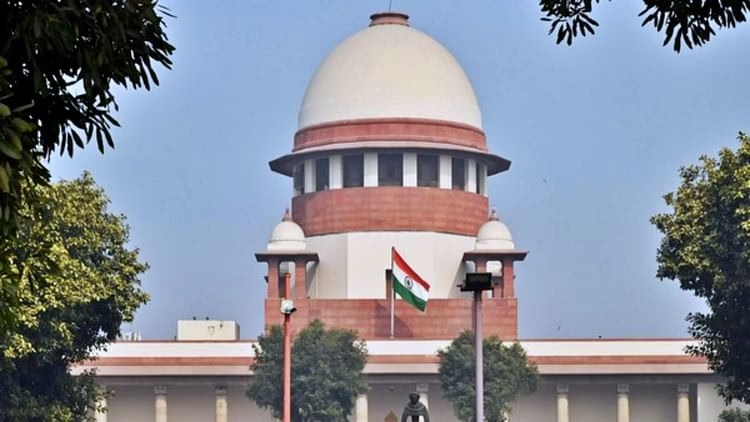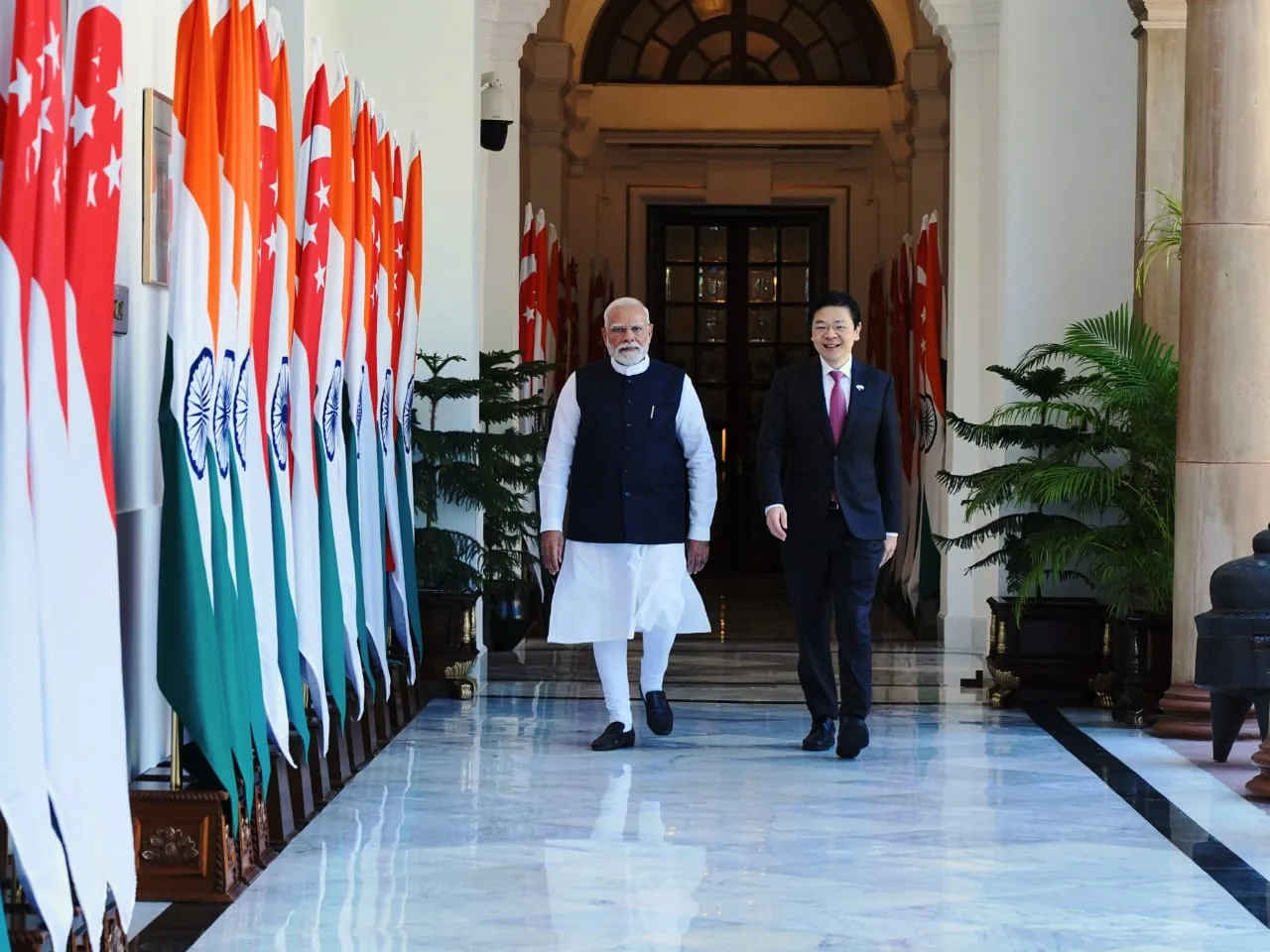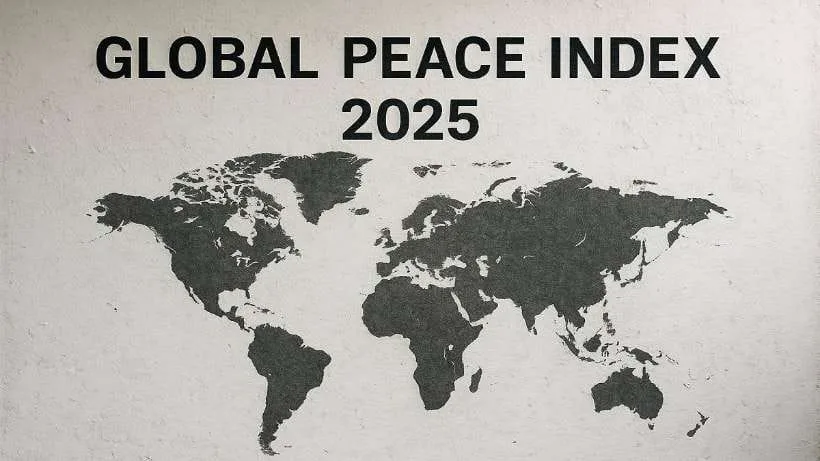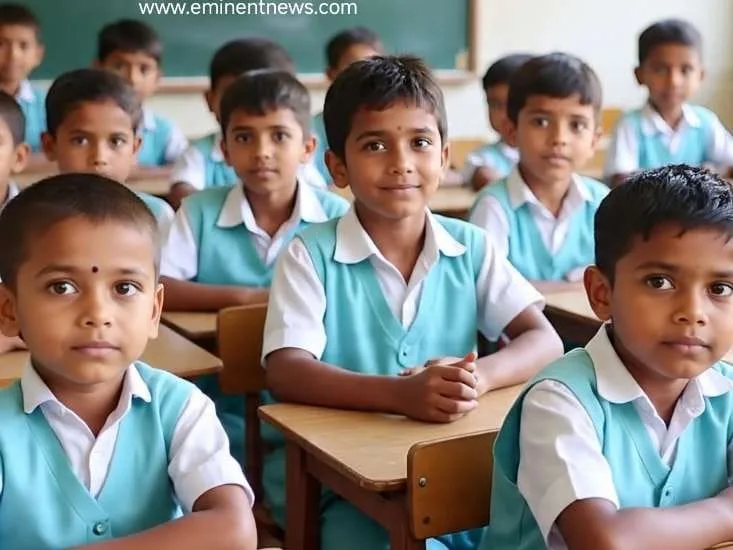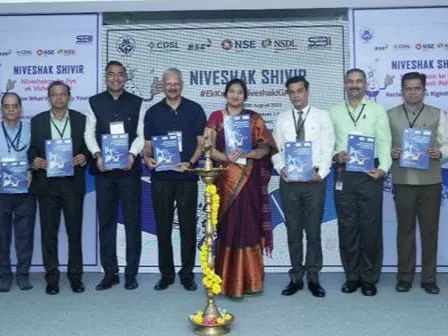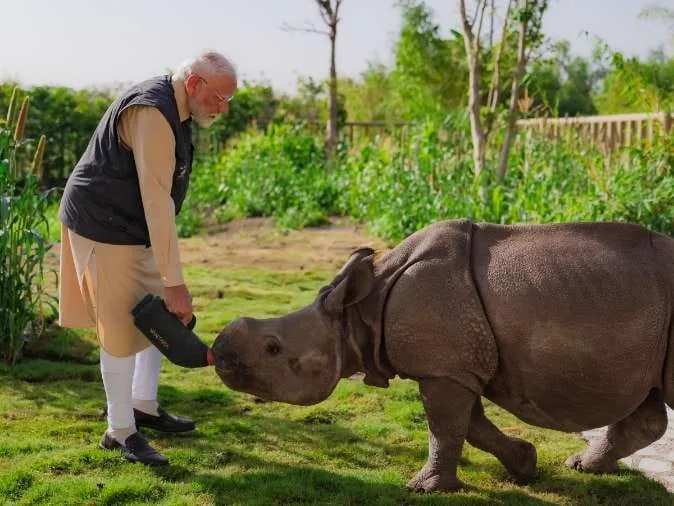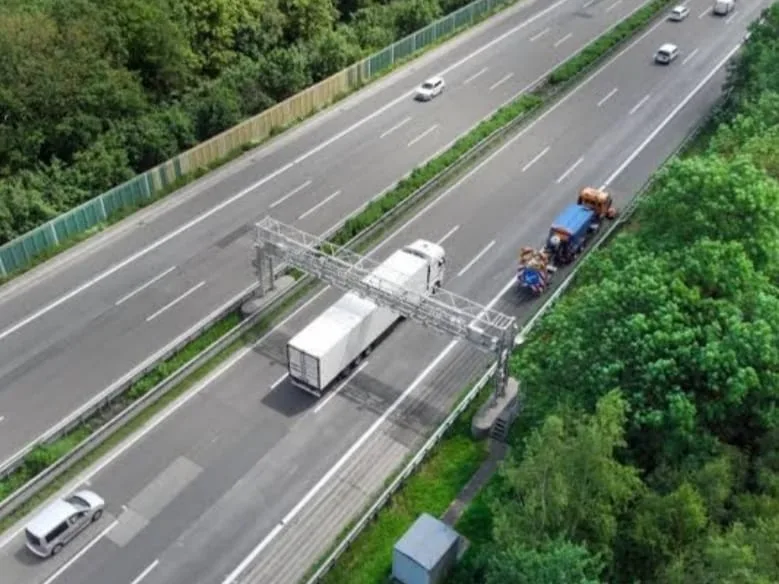Revamping secondary education in India is crucial for addressing skill gaps and leveraging the demographic dividend . The Indian school education system is transitioning from a 10+2 format to a 5+3+3+4 structure under the National Education Policy (NEP) 2020 . This covers ages 3-18, integrating early childhood care and education .
Key Issues in Secondary Education in India :
- Teacher VacanMany states rely on contract or guest teachers, with over 8.4 lakh teaching vacancies reported in government schools .
- Infrastructure Disparities: Significant differences exist in per-child spending across schools. A large percentage of schools lack basic facilities like drinking water and separate toilets for girls .
- Governance and Funding: School Management Committees (SMCs) are often ineffective with minimal financial support .
- Vocational Education Gap: A gap persists between vocational education and industry demands, with a limited percentage of Indian graduates deemed employable .
- Misaligned Digital Tools: Digital tools are frequently misused, often replacing teachers instead of enhancing learning .
- Socio-Economic Disparities: Economic and social inequalities hinder inclusive education, limiting access to quality learning .
- Learning Methods: The education system still prioritizes memorization over analytical and problem-solving skills .
Government Initiatives and Outcomes:
- Equity-Driven Enrollment: Increased participation of SC/ST students and girls in secondary education due to initiatives like Sarva Shiksha Abhiyan (SSA) .
- Blended Learning: Use of smart boards and digital content has enriched learning experiences .
- Innovation Infrastructure: Atal Tinkering Labs have been established to promote creativity, but their potential remains untapped in schools lacking qualified science teachers .
- Expansion of Kasturba Gandhi Balika Vidyalayas (KGBVs): The KGBV scheme aims to provide quality education to girls from disadvantaged communities .
Measures to Transform Secondary Education:
- Teacher Capacity Building: Fill teacher vacancies, especially in specialized fields, and mandate pedagogical training for science teachers .
- Community-Driven Governance: Empower school committees with financial autonomy, balanced with oversight from local government .
- Equitable Infrastructure Fund: Redirect resources from well-funded schools to those in need and standardize per-child spending .
- Vocational-Employment Corridors: Restructure ITI and polytechnic curricula to align with industry needs, modernizing labs through PPP models .
- Curriculum Revision: Shift from rote learning to competency-based education, emphasizing critical thinking and interdisciplinary learning .
- Blended Learning Framework: Integrate digital tools to reinforce concepts without replacing teachers .
The National Education Policy (NEP) 2020 aims to modernize India’s education system, focusing on inclusivity, foundational literacy, and new educational structures . The government has abolished the ‘No Detention Policy’ for Classes 5 and 8, signaling a rigorous approach to student performance evaluations .
for editorial page click www.eminentnews.com



